In an age of compounding crises, there is no shortage of calls for sustainable systems change. But many of those calls come wrapped in the very logic they claim to challenge: speed, scale, extraction, techno solutionism. We talk about “reimagining the system” while still relying on the same centralised infrastructures, financial models, and institutional blueprints that caused the breakdown in the first place.
What if the systems change we need can’t be fast, scalable, or profitable by design?
What if it has to be slow, relational, and culturally regenerative — too complex to scale, too dangerous to fund, and too meaningful to ignore?
This is the terrain where Art Stoke Commons operates.
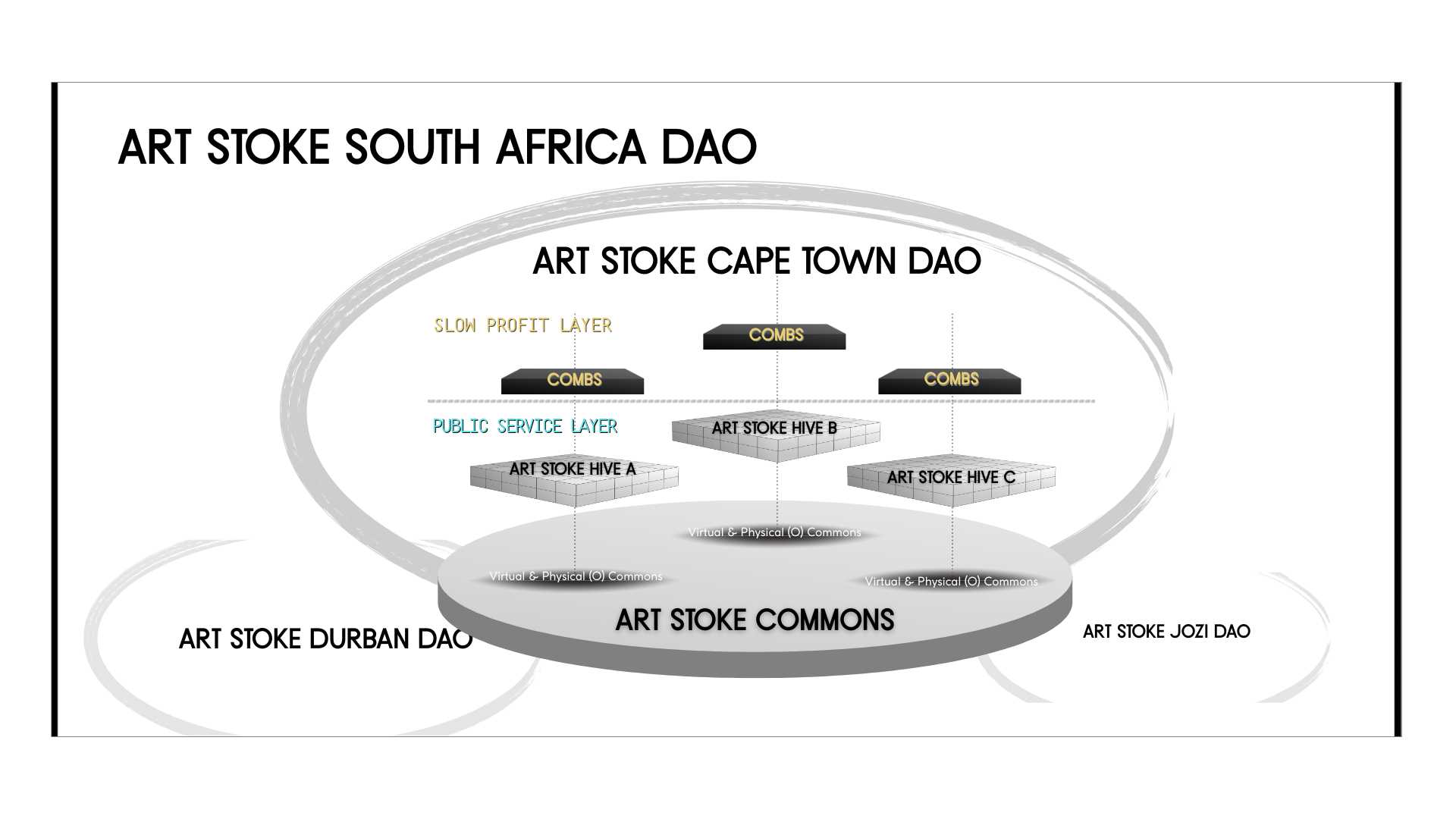
The Belief: No Sustainable Systems Change Without a Slow-Profit Commons
At the heart of Art Stoke Commons is a quiet but radical belief:
You cannot have sustainable systems change or social impact without a decentralised, slow-profit social economy.
This isn’t ideology. It’s structural necessity. We have seen time and again how well-meaning programs collapse under the weight of donor dependency, venture capital expectations, or institutional capture. Creative work is devalued, governance becomes top-down, and the communities most affected are left with no lasting power.
A true commons (public goods delivering a public service) — one that decentralises power and enables shared resource flows — is not a luxury. It is a requirement for any meaningful transformation.
A “Social economy” refers to a network of organisations, enterprises, and practices that prioritise people, relationships, and social well-being over profit maximisation. It includes cooperatives, mutual aid networks, non-profits, community trusts, and commons-based models — all of which aim to create sustainable value for society as a whole, rather than for private capital.
The social economy is driven by principles such as:
- Democratic governance
- Collective ownership
- Solidarity and inclusion
- Long-term sustainability
- Regenerative and circular value flows
In the context of Art Stoke Commons, the social economy is reimagined as a slow-profit, artist-led ecosystem — one that enables meaningful cultural work, decentralised governance, and fair distribution of creative and emotional labour.
It’s not about charity or rescue. It’s about designing economic systems that reflect what we value most as a society.
The Insight: Systems Change Can’t Be Funded Until Ecosystems Are Co-Designed
Art Stoke Commons did not begin with a business plan.
It began with a lived question:
What kind of organisation and economic structure would make the culturally significant work of digital artists truly sustainable?
From that question emerged a paradox:
Before we could attract aligned funding, we needed to build an ecosystem capable of stewarding it.
And before that, we needed to shift the underlying mindset of the organisations and collectives we were working with — from centralised to decentralised, from extractive to regenerative, from project-based to ecosystem-based thinking.
This realisation gave rise to our 5-Stage Co-Design Framework, which we use with purpose-led partners through two engagement pathways:
- Decentralisation Readiness — for organisations curious about decentralised models but not yet aligned with Art Stoke Commons
- Commons Co-Design — for those ready to contribute to or co-create within the Art Stoke Commons ecosystem directly
In both cases, the work is relational, iterative, and structural.
We’re not just talking about decentralisation — we’re building the scaffolding for a new kind of cultural economy, from the ground up.
The Intervention: What Art Stoke Commons Is Doing Differently
Art Stoke Commons isn’t a platform.
It’s a cultural intervention — an attempt to rewire the DNA of how we value, govern, and sustain creative labour.
Where most solutions focus on tech, transactions, or scale, Art Stoke Commons begins with something deeper: cultural coherence.
It asks:
What kind of economic and governance structures are necessary to honour cultural work, dangerous ideas, and collective meaning-making?
Here’s what we’re doing differently:
1. Building a Layered Commons: From Public Service to Slow-Profit
Unlike traditional DAOs that centralise governance around speculation, Art Stoke Commons is designed as a layered cultural ecosystem. At its foundation is a Public Service Layer, where local and virtual hives (community-led creative nodes) focus on cultural expression, education, digital literacy, and narrative healing. These hives are supported as commons infrastructure — not driven by market demand, but by social and cultural necessity.
Above this sits the Slow-Profit Layer, known as The Combs.
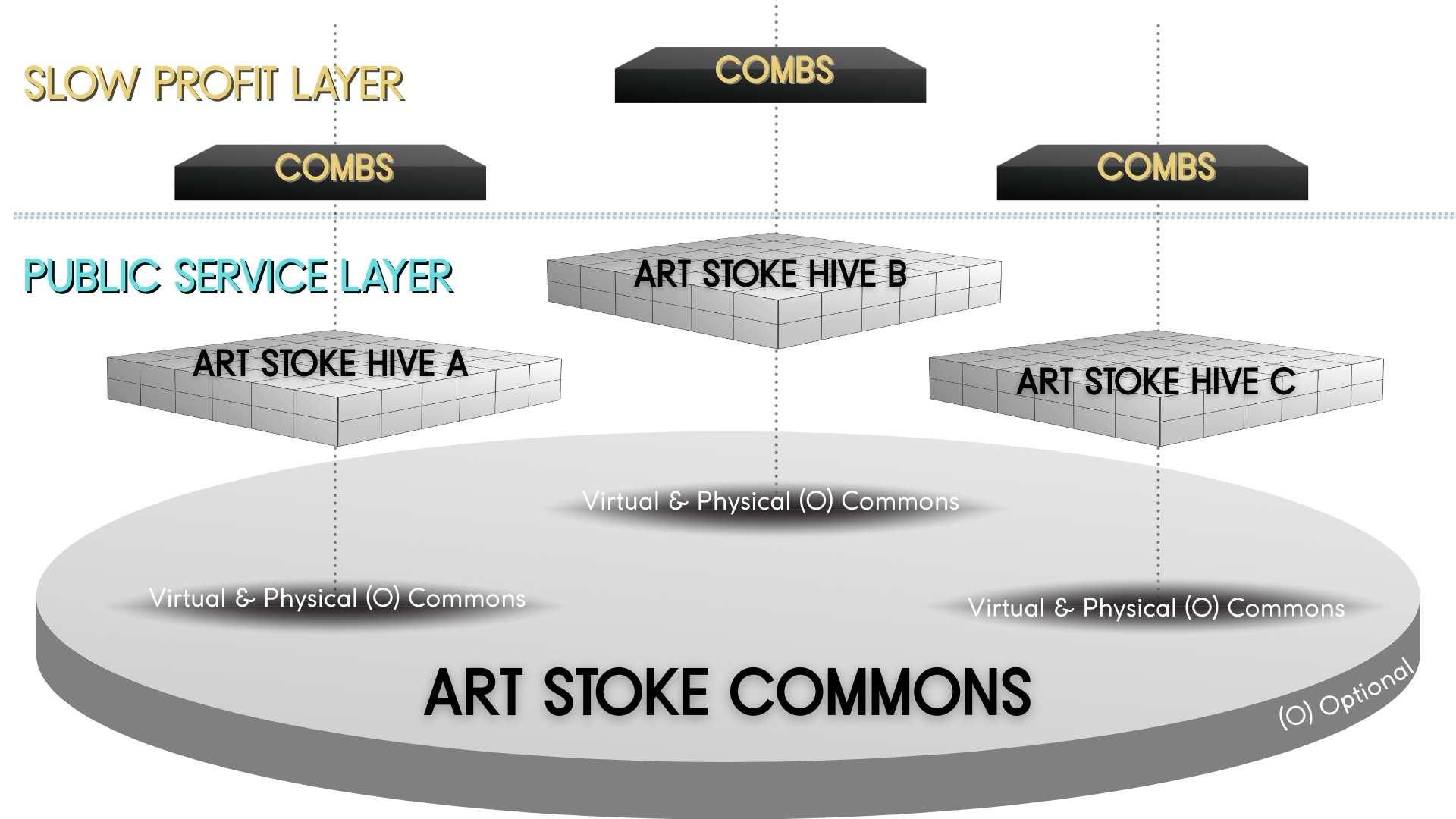
The Combs are structured creative projects that emerge from within a Hive. They are orchestrated by a Hive’s primary artist or “Queen” (using the Bee Hive metaphor) — the central creative force. Each Comb is a project-based expression of digital cultural production, where art is created, licensed, and offered into the cultural economy via Art Stoke’s decentralised marketplace.
For example, one Comb might focus on the redistribution of wealth through politically charged art, as in the example of the Willie Bester project. Another might explore collaborative storytelling between youth and elders in a township. Each Comb is both an artwork and an experiment in social impact and economic rebalancing — testing how culture can drive income without reproducing extractive logic.
The model is intentionally designed to resist the VC-style “creator economy” ethos seen in projects like Yuga Labs’ Bored Ape Yacht Club, where financial value is decoupled from cultural or relational depth. In contrast, Combs emerge from community, carry social significance, and circulate through structures that maintain collective benefit.
In this way, Art Stoke Commons is not building a Decentralised Autonomous Organisation (DAO) for speed or hype. It is composing a cultural protocol, where governance, story, and income are woven together slowly — like honeycomb, like ritual, like memory.
2. Art as Infrastructure — Not Output
In most digital economies, art is treated as product. It’s content to be bought, sold, minted, scaled, or discarded. Its value is speculative. Its lifespan short. Its function transactional.
But at Art Stoke Commons, art is not a deliverable.
It is infrastructure.
More specifically, it is cultural infrastructure: the living network of meaning, memory, identity, and expression that holds people together — and holds them in the long, often painful work of social transformation.
In our model, each Hive becomes a node of cultural infrastructure — a site of story production, memory holding, education, and healing. It hosts localised creative labour and knowledge systems that aren’t just beautiful — they’re socially necessary. They make a commons coherent. They make decentralisation felt.
When a Hive produces a Comb (a slow-profit project led by a primary artist), it’s not just releasing “content” into the marketplace. It’s offering a meaningful artefact of place, politics, pain, or possibility. Each Comb becomes a pillar in the architecture of cultural renewal.
This is art that remembers.
Art that mourns.
Art that redistributes.
Art that reimagines.
And because the economic layer is decentralised, governed by artists, and structured through licensing protocols, the infrastructure remains in service of the people who built it — not extracted by external platforms or private collectors.
We are not here to scale art.
We are here to embed it — in the relational, economic, and emotional systems that need coherence the most.
3. Reimagining Economics as Cultural Healing — A South African Starting Point
Where many decentralised projects import generic DAO structures, Art Stoke Commons begins in the layered emotional terrain of South Africa — a place shaped by migrations, collisions, erasures, and ongoing attempts at repair.
Inspired by Grassroots Economics in Kenya, we’re learning to unbundle “economy” from capitalism — to return it to something more rooted, more relational. Something local. Something human. A way of exchanging value that is regenerative, responsive, and grounded in the fabric of community.
But this raises a deeper question:
What economic traditions were fractured — or erased — under apartheid?
And how might they be reimagined not as nostalgia, but as practices for the future?
Structures like stokvels endure — testaments to mutual aid and communal governance. But apartheid did more than disrupt systems. It wounded the relational substrate: the trust, reciprocity, and interdependence that made those systems resilient in the first place.
Art Stoke Commons exists to reweave what was torn — through culturally significant creativity, held in commons, expressed through digital art, and governed by artists themselves.
This is not just about building decentralised platforms.
It is about designing economic containers that allow for memory, meaning, and repair.
We are not designing for speed.
We are designing for cultural coherence in a fractured world.
4. Narrative Readiness as DAO Design
Most decentralised projects fail not because the technology doesn’t work — but because the story underneath it never changed.
People bring centralised mindsets into supposedly decentralised structures. They carry habits of control, extraction, and hierarchy into new tooling, without ever confronting the narratives that shaped those behaviours.
At Art Stoke Commons, we treat narrative readiness as core infrastructure.
Before we build tools, we build vocabulary, values, and relational trust. Our 5-Stage Co-Design Process is not a planning tool — it’s a cultural transformation process. It helps participants:
- Name their unspoken assumptions
- Explore different forms of power and ownership
- Develop shared language for decentralisation
- Build readiness before governance is formalised
We believe that decentralisation is not just a technical shift.
It is a psychological and cultural reckoning.
And stories are the medium of that reckoning.
Before you decentralise your system, you must decentralise your story.
5. Creating a Home for Dangerous Ideas
Some art doesn’t fit.
Not in galleries. Not in algorithms. Not in development grant cycles or national arts councils.
Too political. Too raw. Too uncomfortable. Too soon.
Art Stoke Commons was created to hold that kind of art — the dangerous kind.
The kind that tells inconvenient truths.
The kind that mourns what others ignore.
The kind that imagines what we’ve been taught is impossible.
We don’t see this work as fringe.
We see it as foundational to any society in transition.
Artists are not ornamental. They are narrative first responders, truth-tellers, grief-holders, and edge-walkers. They show us what systems are too afraid to see.
At Art Stoke Commons, we’re building a home for these artists — not just a platform, but a protocol of care. A place where the work can be created, owned, protected, and shared — without being diluted or extracted.
This is not about radical aesthetics. It’s about survival by story.
The Vision Ahead: Cultivating a Commons of Cultural Healing
Art Stoke Commons is not a final destination, but an evolving container for collective regeneration — one that honours the past, heals the wounds of fractured economies, and seeds a more human future.
Reclaiming Economics as Care
We envision an economic model that feels like home: one that revives the mutual-aid traditions disrupted under apartheid, and reimagines them through a cultural lens. Like the stokvels that persisted in secrecy, and the unrecorded systems erased by segregation, we want to surface and restore those practices of shared stewardship — but this time, with new tools of transparency and on-chain accountability.
Artists as Cultural First Responders
In this future, artists and culture-makers are not marginal producers but core architects of social repair. Their work — whether a protest banner or a digital installation — becomes infrastructure for communal healing, remembrance, and hope.
Slow-Profit Flows, Deep Roots
Rather than chasing rapid scale, we aim for slow-profit circulations: sustained royalty streams, commitment pools, and participatory funding that nourish local creativity and mutual trust. These flows will ripple outward, creating nodes of coherence wherever they land.
A Living, Decentralised Ecosystem
Through ongoing co-design, shared governance, and iterative pilots, Art Stoke Commons will continue to adapt — learning from community wisdom, artistic experimentation, and socio-economic realities. Our hope is that this living ecosystem becomes a replicable template for other communities recovering from structural violence.
An Invitation to Co-Stewardship
The work ahead is relational: rebuilding trust, reweaving cultural bonds, and co-creating economic practices that feel more like ceremony than transaction. We invite artists, activists, network stewards, and regenerative funders to join us — not merely as users or investors, but as co-stewards of a new commons where culture, care, and creativity form the bedrock of systemic change.
Together, we can transform economics from a tool of extraction into a practice of collective healing — one artful step at a time.
The commons is not an ideal.
It’s a practice.
Let’s build it together.
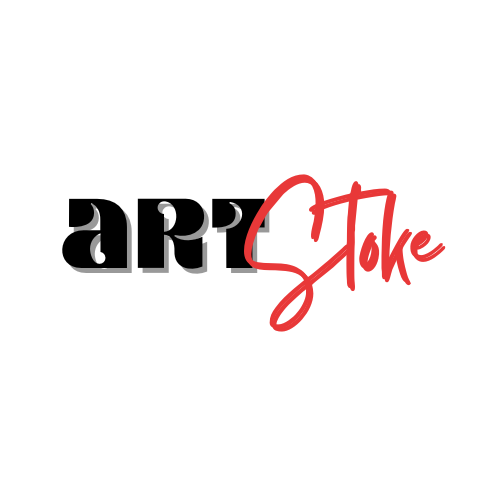

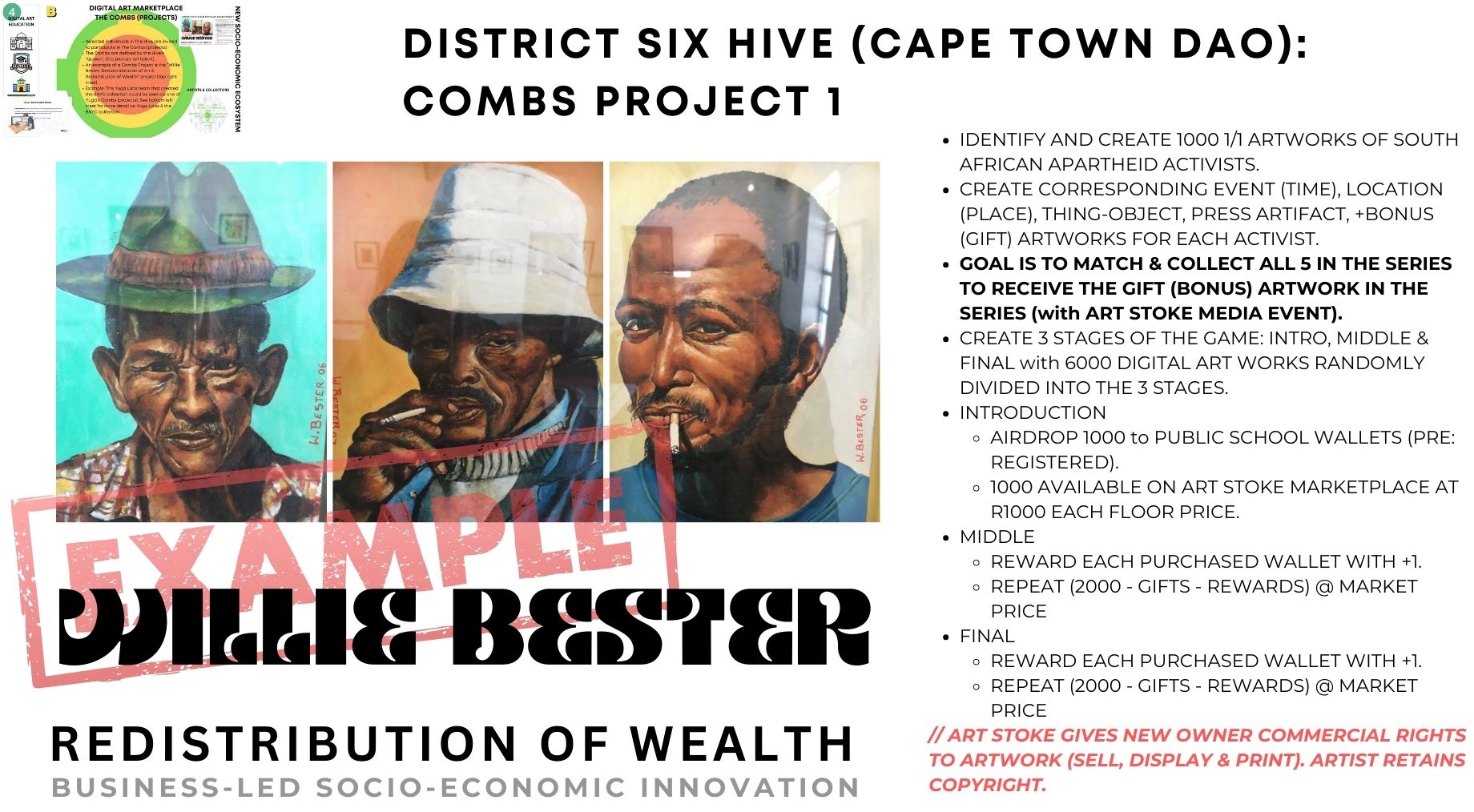
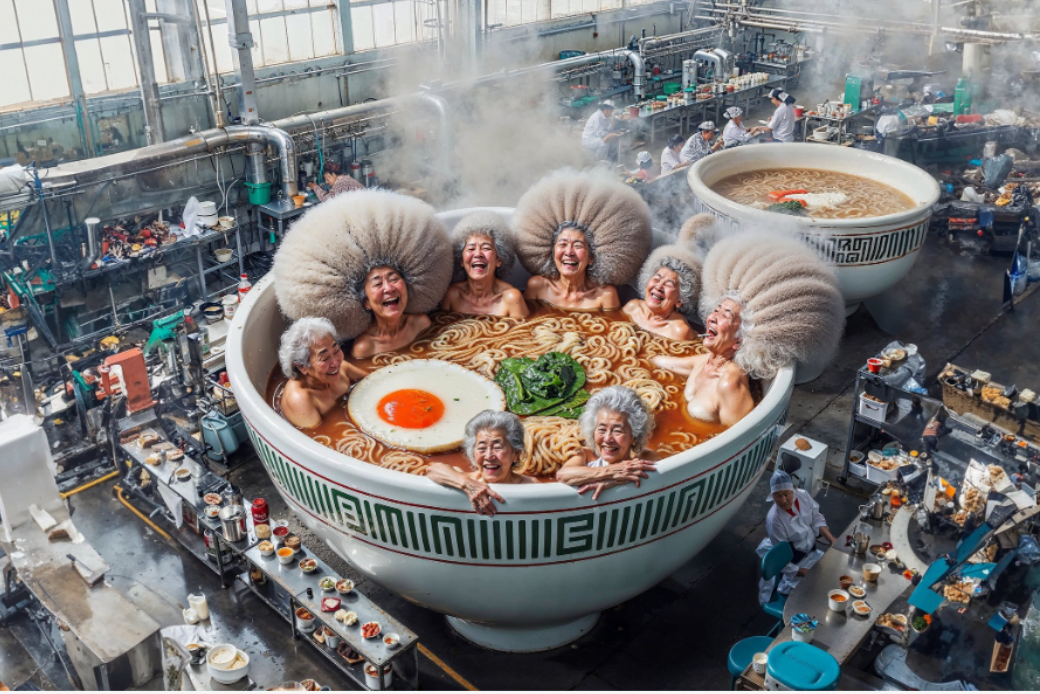
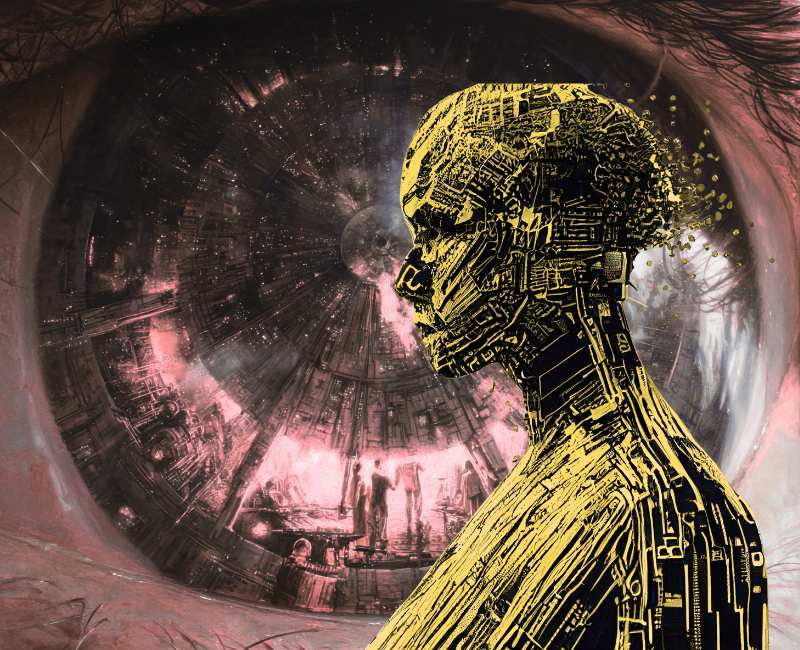

[…] is a Part II of Part 1 Slow-Profit DAOs and Cultural Infrastructure: A New Commons for Systemic Change. Consider also reading Why South African Digital Art Needs Its Own […]